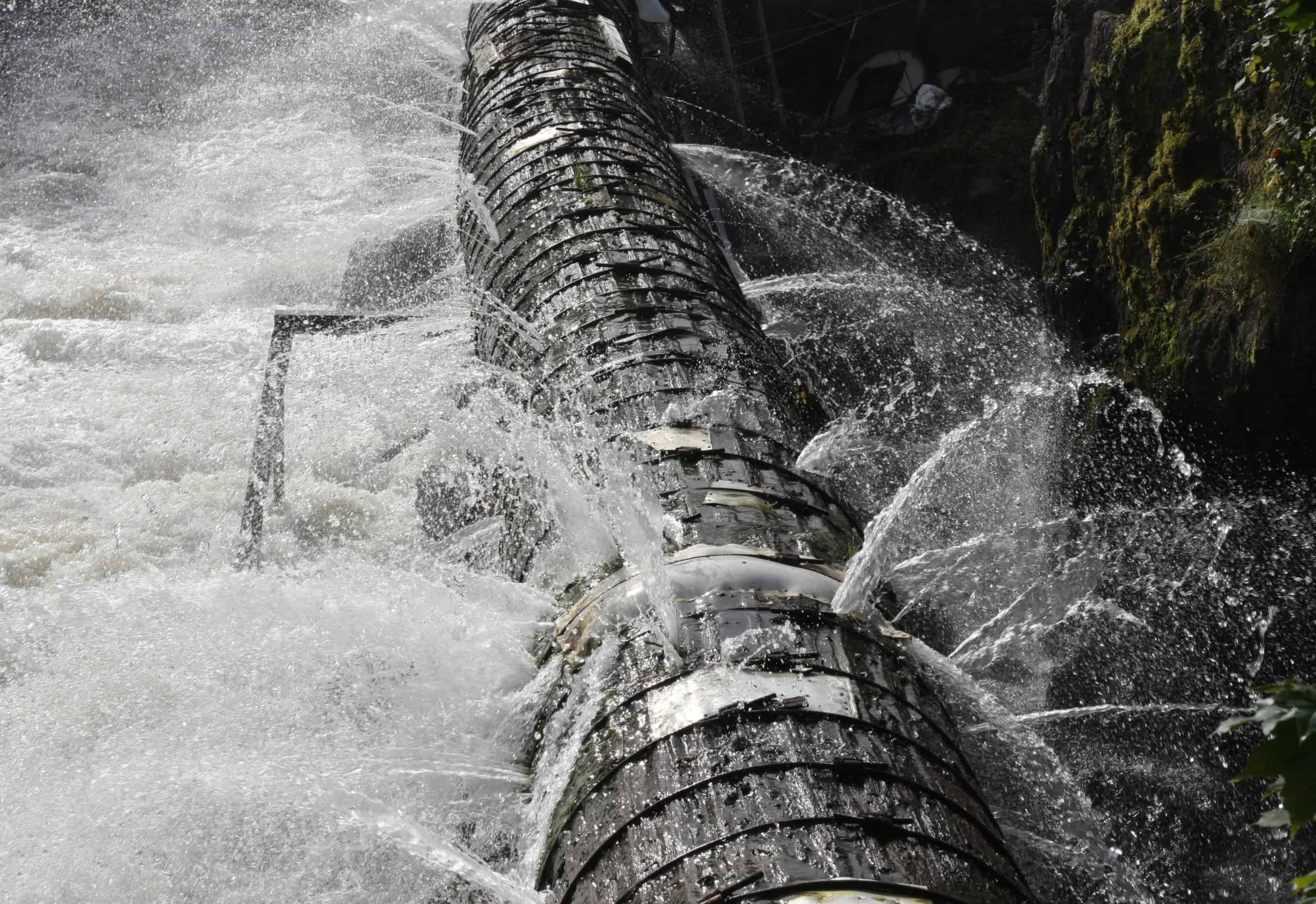How to Fix a Burst Pipe Yourself: A Step-by-Step Guide for Homeowners
How to Fix a Burst Pipe Yourself: A Step-by-Step Guide for Homeowners
Blog Article
Avoiding Ruptured Pipes: Necessary Tips to Safeguard Your Plumbing
Avoiding burst pipes is a crucial issue for home owners, particularly throughout cooler months when the danger of freezing is heightened. Implementing strategic actions such as appropriate insulation, regular assessments, and preserving consistent indoor temperature levels can substantially lower the probability of pipe failure.
Understand Pipeline Vulnerabilities
Understanding pipe vulnerabilities is essential for effective pipes upkeep and protecting against expensive damage. Several elements add to the susceptibility of pipes to bursts, consisting of product make-up, age, and environmental problems. Older pipelines, especially those made from galvanized steel or polybutylene, typically degrade with time, bring about enhanced threat of leakages and tears.
Temperature fluctuations can additionally dramatically impact pipeline integrity. In cooler climates, water caught in pipes can ice up, broadening and applying pressure on the pipeline walls, which may ultimately cause a burst. High water stress can strain pipes, particularly at bends and joints, heightening the probability of failing.

Insulate Pipeline Effectively
Proper insulation of pipes is vital for protecting against freezing and subsequent bursts throughout cold weather (burst pipe). Protecting your pipes system successfully safeguards versus temperature drops that can result in pricey damage. Begin by determining vulnerable locations where pipes are exposed to exterior temperatures, such as cellars, attic rooms, and exterior walls
Usage foam pipeline insulation sleeves or cover insulation tape around these areas to provide a safety barrier. Ensure that all areas of the pipelines, particularly those with restricted warmth exposure, obtain ample insulation. Pay special focus to installations and joints, as these are extra susceptible to cold.
When insulating, it's necessary to select products that fulfill local building regulations and are ideal for the specific atmosphere. Fiberglass insulation is often suggested for its thermal resistance buildings. In addition, consider utilizing warm cables or tape in severe conditions, which can be plugged in to offer supplementary warm
On a regular basis evaluate insulated pipelines for any kind of indicators of wear or damages, as compromised insulation can diminish its efficiency. By taking these aggressive actions, you significantly decrease the threat of pipe bursts, making certain a reputable plumbing system throughout the wintertime months.
Maintain Regular Temperature Level
A secure interior temperature level is crucial for stopping ruptured pipelines during the icy months. When temperature levels drop, water within pipelines can freeze, broadening and developing pressure that may inevitably create the pipes to burst.Making use of a programmable thermostat can aid handle indoor temperature levels effectively, guaranteeing that areas with pipes remain cozy even when the home is unoccupied.
This minor flow of water can protect against cold by relieving pressure within the pipes. By executing these methods, home owners can substantially reduce the risk of pipe ruptureds and guard their plumbing systems versus the severe winter months elements.
Consistently Check Plumbing
Routine assessments of pipes systems are important for avoiding burst pipelines and preserving general home stability. Regular checks permit homeowners to recognize possible concerns prior to they rise into expensive fixings or significant water damage. During these check this evaluations, it is necessary to take a look at noticeable pipes for signs of deterioration, leaks, or use. Pay special focus to areas prone to cold, such as cellars, attic rooms, and exterior walls.
Furthermore, inspecting links and joints is essential, as these factors are frequently prone to leaks. House owners should also evaluate water pressure levels, as too much stress can stress the plumbing system and raise the danger of pipe ruptureds.
Take into consideration scheduling specialist pipes assessments at the very least when a year, especially prior to winter months, to ensure your system is prepared for colder temperatures. By being positive in your technique, you can safeguard your home versus the disruptive and pricey consequences of ruptured pipes.
Know Emergency Treatments
Understanding emergency situation procedures is crucial for every property owner, particularly after performing normal pipes examinations. Being prepared for a pipes emergency can considerably alleviate damage and save prices.
Following, keep necessary devices handy. A plumbing emergency package need to consist of a wrench, bettor, and towels, in addition to a flashlight and a bucket for little leaks. Furthermore, think about having the get in home touch with information for a trusted plumbing professional easily offered, should the situation rise beyond your control.
If you identify a leak or ruptured pipeline, quickly shut off the water system and inform your plumbing technician. Record the damages with pictures for insurance policy purposes. Recognize the indicators of possible plumbing issues, such as uncommon water stress variations or damp spots on walls
Eventually, aggressive understanding and swift action are critical in managing pipes emergencies, ensuring your home continues to be safeguarded and lessening potential damage.

Final Thought
In verdict, preventing ruptured pipes necessitates a complex technique that includes understanding pipe susceptabilities, proper insulation, preserving consistent indoor temperature levels, normal assessments, and understanding of emergency situation treatments. By implementing these necessary methods, the threat of plumbing failings can be substantially reduced, therefore ensuring the longevity and efficiency of the plumbing system. Proactive measures not just protect against prospective damages however also add to general water conservation and the defense of residential or commercial property.
In cooler environments, water entraped in pipes can freeze, increasing and exerting pressure on the pipe wall surfaces, which might eventually lead to a burst. When temperatures decline, water within pipelines can freeze, increasing and developing stress that may ultimately trigger the pipes to burst. By applying these approaches, homeowners can considerably decrease the threat of pipeline bursts and go to these guys guard their plumbing systems against the extreme winter season elements.

Report this page